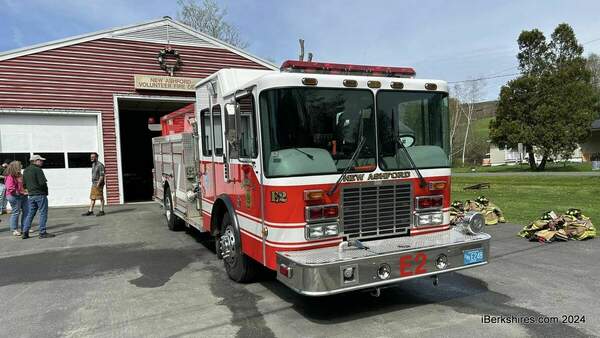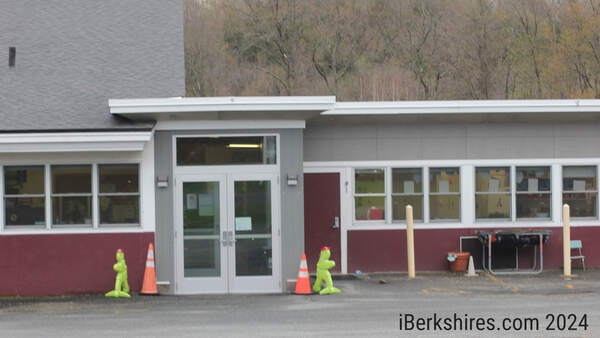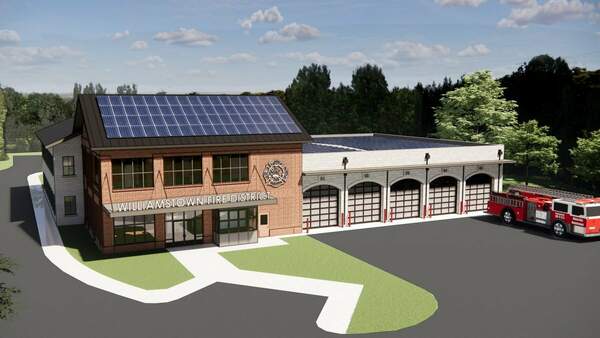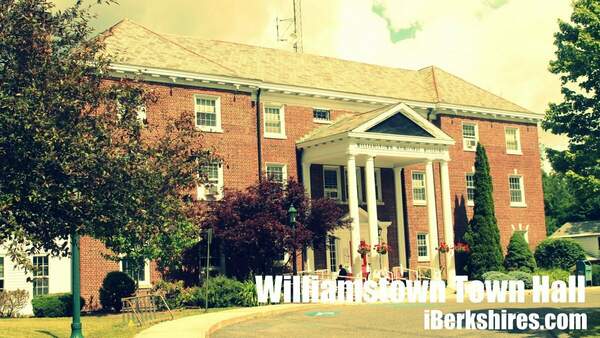Letters: Williamstown Leaders Need to Work Together
 |
To the Editor:
Tuesday's special meeting of the Fire District revealed how divided the town is and, like the politics at the national level, how difficult it is to get things done.
Unlike the national level, however, it is possible to overcome the obstacles and to make progress. The chief concern for at least me in voting no wasn't the merits of the Fire Department proposal, it was the concern that there is no overall management of the town. Each department or project proposal seems to come forward with no sense of what the aggregate picture looks like or analysis of what the real possibilities are for alternative ways of doing things in this fiscally limited era. Simply put, there is a disconcerting feeling that too many are coming to the taxpayer trough, too soon and without any sense of a planned program with clear priorities.
So what can be done to move the town forward?
First, the leadership of the town, elected and appointed, from all of the various entities, committees and boards have to come together and lay out a plan that is responsive to needs and capability to address those needs. The Selectmen must be the final arbiter of competing demands and present to the town for approval an orderly plan for addressing needs.
The fact that the Selectmen were not available as a panel to address questions on the overall capital project and financial picture of the town was regrettable, but a clear symptom of the problem. [A special] meeting is not the place to have the citizens pass on projects in isolation from one another. The citizens need to see the bigger picture if they are to make informed decisions
Second, the leadership has to be honest with the townspeople and address the concerns of the people regarding tax burdens, debt profiles (Elaine Neely presented data on the debt burden going forward that is very important), timing and ways of reducing costs. The leadership needs to recognize that our population is declining and aging and that reliance on state and especially federal assistance, given the downward pressure (from the very same taxpayers) on their respective budgets, is problematical at best.
Third, the leadership needs to be candid about costs and ways of reducing costs and provide realistic answers to questions, such as:
• What is the likelihood the town will have to put up more dollars to bring the 40 units of affordable housing at the Proprietors Field site to completion?
• Are there cost savings and efficiencies that would result from combining fire, ambulance and police in one public safety agency?
• What are reasonable "all in" cost estimates for the high school, the police and fire stations — combined or separate?
• What other capital projects that would require bonding are under consideration (in a five and 10-year projection) either as a function of legal requirements or perceived "necessity?"
• Is there a recommended overall target level of debt that should govern the timing and sequence of capital projects, ie. as debt is paid off, new debt is incurred to remain at or below that overall level?
This town is comprised of generous people, the youth center and the elementary school building attest to that. There is strong sentiment about the need to address the high school, the police and the fire issues. A well thought-out plan would be met with favor, but the town's political leadership must make the tough choices and present such a plan to the town.
Tom Jorling
Williamstown
Tags: fire district, fire station, municipal finances, special meeting,















